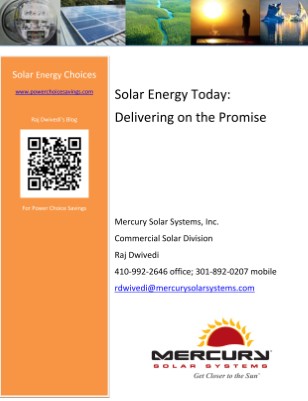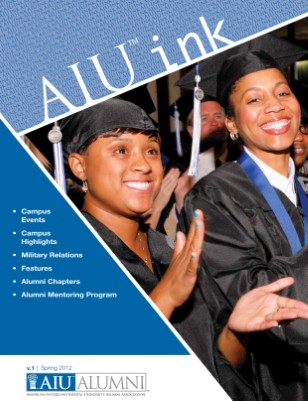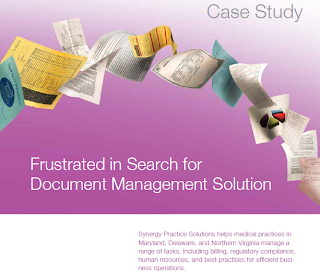DALLAS, Apr 18, 2012 (BUSINESS WIRE) -- FedEx Office(R) is proud to be the first national retailer to offer small businesses, mobile professionals and on-the-go consumers the ability to transform digital files into hard copies by sending documents through Google Cloud Print(TM) to more than 1,800 FedEx Office stores nationwide. Combining FedEx Office(R) Print & Go and Google Cloud Print, customers can now access and print documents anytime, anywhere.
FedEx Office is leading the industry with innovative on-demand, mobile printing solutions. "Today more than 40 percent of our print business comes in over the web. We will continue our commitment to invest in serving the growing needs of our customers, whether it's business presentations, brochures or posters," said Anthony Norris, vice president, Product and E-commerce Marketing for FedEx Office.
With the award-winning FedEx Office Print & Go solution and Google Cloud Print, users can submit print documents from Gmail(TM) and Google Docs(TM) on their mobile device, or from the Chrome web browser for Mac, Windows, Linux, and Chrome devices. Customers can access these documents at any U.S. FedEx Office location by entering a unique retrieval code into the FedEx Office Print & Go self-service digital screens to select, preview and print. Or, customers can choose to have their print jobs produced by professionally trained team members at the full-service counter.
Launched in January 2011, FedEx Office Print & Go also allows customers to access and print documents directly from a variety of mobile devices and USB flash drives. Last year, the easy-to-use technology received the "Most Innovative New Tech-Enabled Product" award by InformationWeek.
To learn more about FedEx Office Print & Go and discover how to get started, go to www.fedex.com/printandgo .
About FedEx Office
FedEx Office, an operating company of FedEx Corp., has more than 1,900 stores and locations in the U.S., Canada, Japan, South Korea and the Middle East, providing convenient access to printing and shipping expertise with reliable service. The company's network features retail stores, centralized production centers, corporate on-site print centers, and on-site business centers at hotels, convention centers and universities. Services include copying and digital printing, professional finishing, document creation, direct mail, signs and graphics, computer rental, free Wi-Fi, corporate print solutions, packing services, FedEx Express and FedEx Ground shipping, Hold at FedEx Location and more. In addition, InformationWeek 500 recognized FedEx Office(R) Print Online and FedEx Office(R) Print & Go solutions with the 2011 Most Innovative Products award. Products, services and hours vary by location. For more information, please visit www.fedex.com/office .
About FedEx Corp.
FedEx Corp. /quotes/zigman/254280/quotes/nls/fdx FDX +0.08% provides customers and businesses worldwide with a broad portfolio of transportation, e-commerce and business services. With annual revenues of $42 billion, the company offers integrated business applications through operating companies competing collectively and managed collaboratively, under the respected FedEx brand. Consistently ranked among the world's most admired and trusted employers, FedEx inspires its more than 300,000 team members to remain "absolutely, positively" focused on safety, the highest ethical and professional standards and the needs of their customers and communities. For more information, visit news.fedex.com.
SOURCE: FedEx Office
FedEx Office
Kim Kelley, 214-550-7431
kim.kelley@fedex.com
or
Ketchum Public Relations
Jonathan Younger, 946-935-4339
jonathan.younger@ketchum.com













.png)
